Beets don’t care if you’re a gardening newbie. They just want good dirt and a little respect. These ruby roots are tougher than they look—growing strong beneath the surface while most people forget just how rewarding they can be. Forget the finicky crops that demand endless fuss. Beets are bold. Resilient. And when grown right, they’ll reward you with earthy sweetness that store-bought can’t touch. So if you’ve got soil, seeds, and a hint of stubbornness, you’re halfway there. Let’s dig into the tips that take your beets from seed to harvest—without the drama.
Choose the Right Variety

Selecting the perfect beet variety is like choosing a favorite book from a library. Some beets are candy-striped, while others boast a golden hue. Each offers unique flavors and growing conditions. Consider what suits your palate and garden space. Chioggia beets, with their stunning red and white rings, are a conversation starter. Golden beets offer a milder taste and are non-staining, ideal for families with young kids. Whatever your choice, ensure it’s well-suited to your climate. This decision sets the stage for a successful harvest.
Prepare the Soil
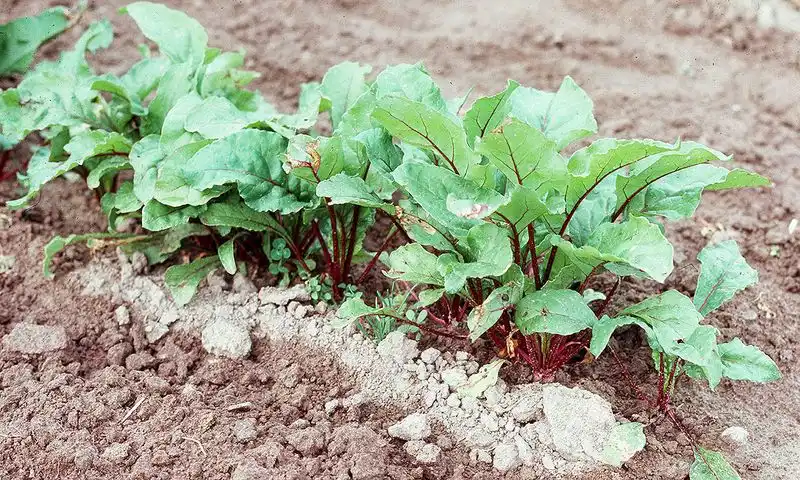
Preparing the soil is akin to setting a strong foundation for a house. Beets thrive in well-drained, loamy soil rich in organic matter. Start by clearing the area of weeds and debris. Mix in generous amounts of compost or aged manure to boost fertility. Aim for a pH level between 6.0 and 7.0. This preparation doesn’t just nourish; it ensures your beets grow straight and true. The added organic matter improves soil structure, providing the perfect home for your seeds’ new beginnings.
Planting the Seeds
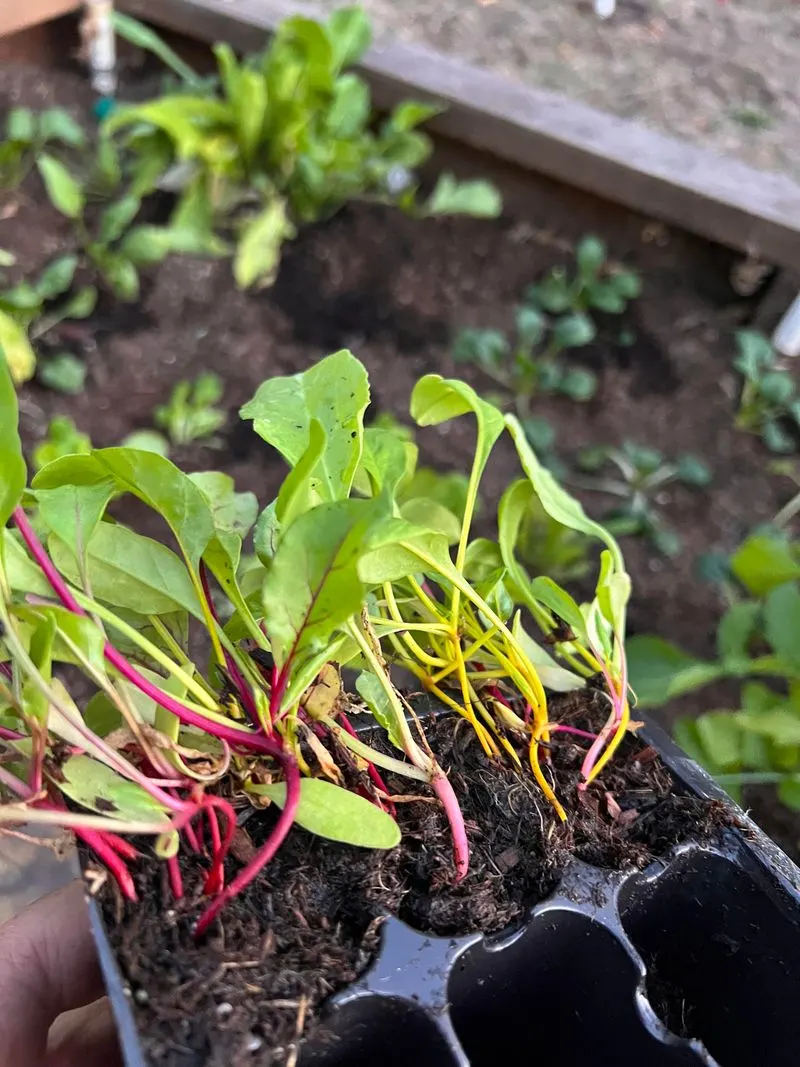
Sowing beet seeds is a meditative ritual. These tiny, multigerm seeds, containing several potential plants, should be planted half an inch deep in rows spaced about 12 inches apart. Each seed cluster will produce multiple seedlings, so thinning will be necessary. Space them about 3 inches apart after sprouting. This spacing ensures enough room for each beet to develop fully. Cover the seeds lightly with soil and water gently to settle them in. This mindful planting invites a fruitful growth journey.
Water Wisely
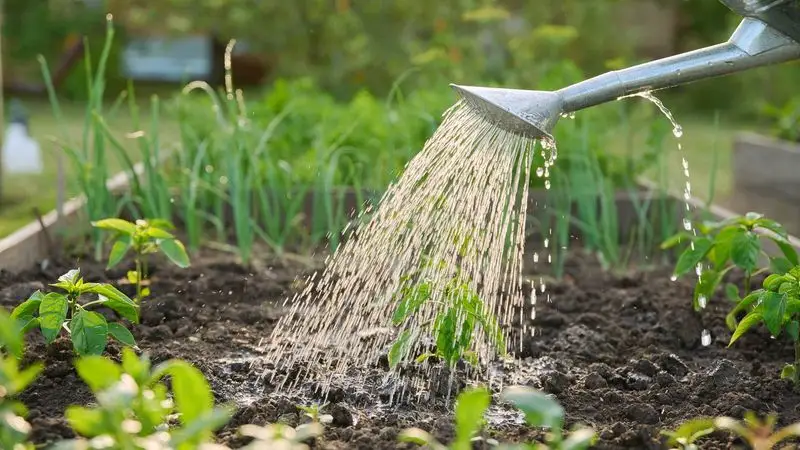
Watering your beets is a delicate dance. Too much, and they drown; too little, and they wither. Aim for consistent moisture, keeping the soil damp but not waterlogged. Water deeply once a week rather than a light sprinkle every day. This encourages deep root growth, making your plants strong and resilient. Rainwater, harvested in barrels, is ideal as it’s naturally soft. Such watering wisdom ensures your beets are plump and flavorful, ready to grace your table with homegrown goodness.
Mind the Temperature

Temperature plays a crucial role in your beet’s journey. Beets flourish in cooler weather, with optimal growth between 50-70°F. Plant your seeds in early spring or late summer for fall harvests. High temperatures can lead to bolting, where plants focus on flowering rather than root development. If a heatwave threatens, consider shading your plants or watering more frequently to cool the soil. This temperature vigilance ensures your beets grow sweet and tender, perfect for roasting or salads.
Thin the Seedlings

Thinning beet seedlings feels like choosing between twins. Essential yet challenging, it allows each plant room to grow. Once seedlings reach about 2 inches tall, assess and remove the weaker ones. Aim for 3-inch spacing to prevent crowding. This practice is critical for healthy root development. Pulling out the extras might seem harsh, but it’s a crucial step for robust growth. The thinned plants can even be used in salads, adding a fresh touch to your meals while benefiting the rest.
Fertilize Organically
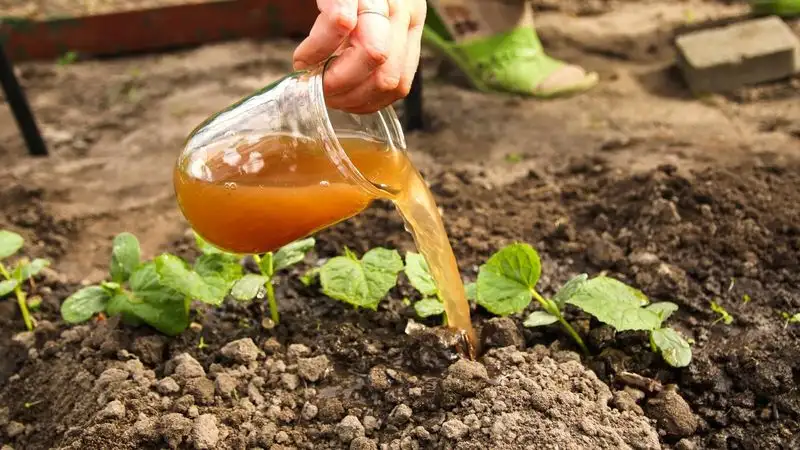
Feeding your beet plants is akin to fueling an athlete. Use organic fertilizers like compost tea or fish emulsion to nourish them. These slow-release options provide steady nutrients, promoting vibrant growth without chemical residues. Apply every 4-6 weeks throughout the growing season. Fertilizing organically enhances soil health and supports beneficial microorganisms. This green approach feeds both plants and soil, ensuring your beets develop rich flavors and colors. Such mindful nurturing rewards you with wholesome homegrown produce.
Control Weeds Naturally
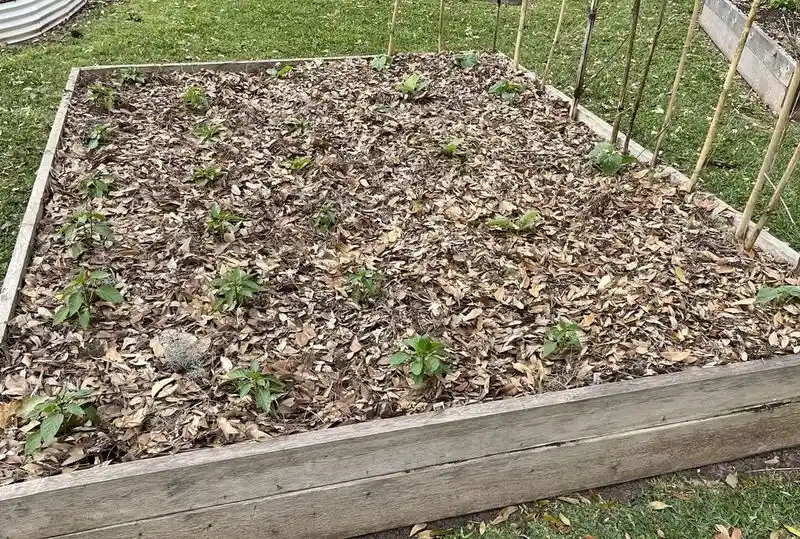
Weeds are the uninvited guests in your garden party. Keeping them at bay involves regular hand-pulling or hoeing. Mulching with organic materials like straw or leaves suppresses weeds while retaining soil moisture. This dual benefit makes it a gardener’s secret weapon. Avoid chemical weed killers, as they can harm your beets and soil health. Regular weeding not only maintains aesthetics but also reduces competition for nutrients and light. With diligence, your beet garden will thrive unhindered by these persistent pests.
Monitor for Pests
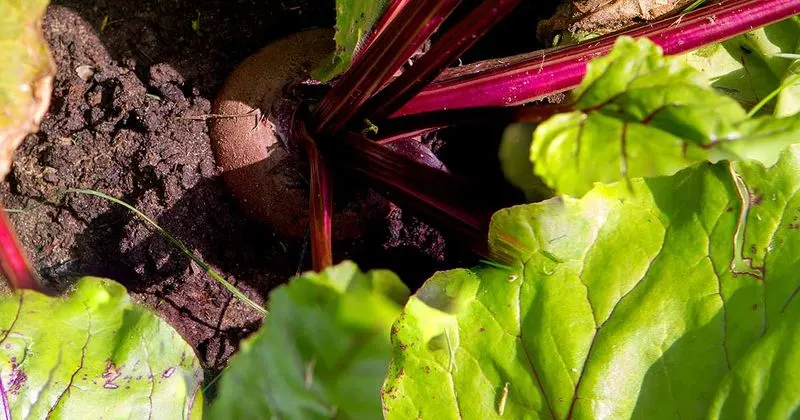
Pests see your beets as a tasty buffet. Keep a vigilant eye on leaf damage or wilting signs. Common culprits include aphids and flea beetles. Handpick visible pests or use insecticidal soap sparingly. Introducing beneficial insects like ladybugs can naturally control pest populations. Regular inspections and immediate action are key to preventing infestations. This proactive approach minimizes damage and keeps your beets healthy and vigorous. A pest-free garden means a bountiful and beautiful harvest, ready to showcase your gardening prowess.
Rotate Your Crops
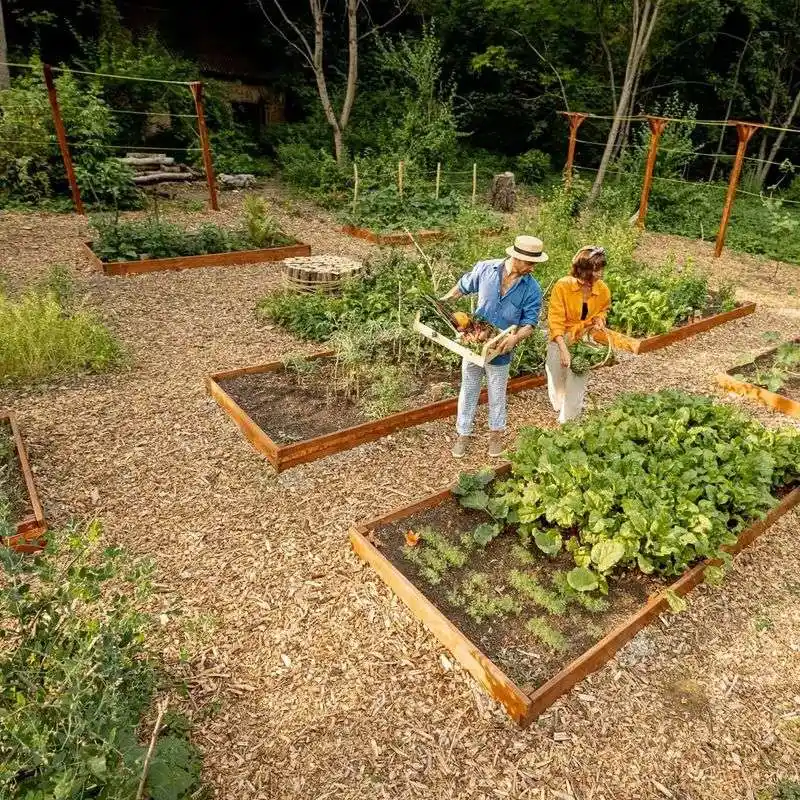
Crop rotation is the strategic chess game of gardening, minimizing soil depletion and pest buildup. Avoid planting beets in the same spot year after year. Rotate with crops like beans or peas that enrich the soil with nitrogen. This practice prevents disease and disrupts pest life cycles that target specific plants. Planning your garden layout with crop rotation in mind enhances soil health and improves yields. Such foresight ensures a thriving, sustainable garden, where beets and other plants grow harmoniously.
Mulch for Moisture

Mulching acts like a natural blanket for your garden. Spread organic material such as straw, grass clippings, or leaves around your beets. This layer retains soil moisture and prevents weed growth, reducing the need for frequent watering. Mulch also helps maintain even soil temperatures, protecting roots from temperature extremes. As it decomposes, it enriches the soil, creating a healthier environment for your beets. This simple technique supports robust growth, making your garden both productive and low-maintenance.
Harvest at the Right Time
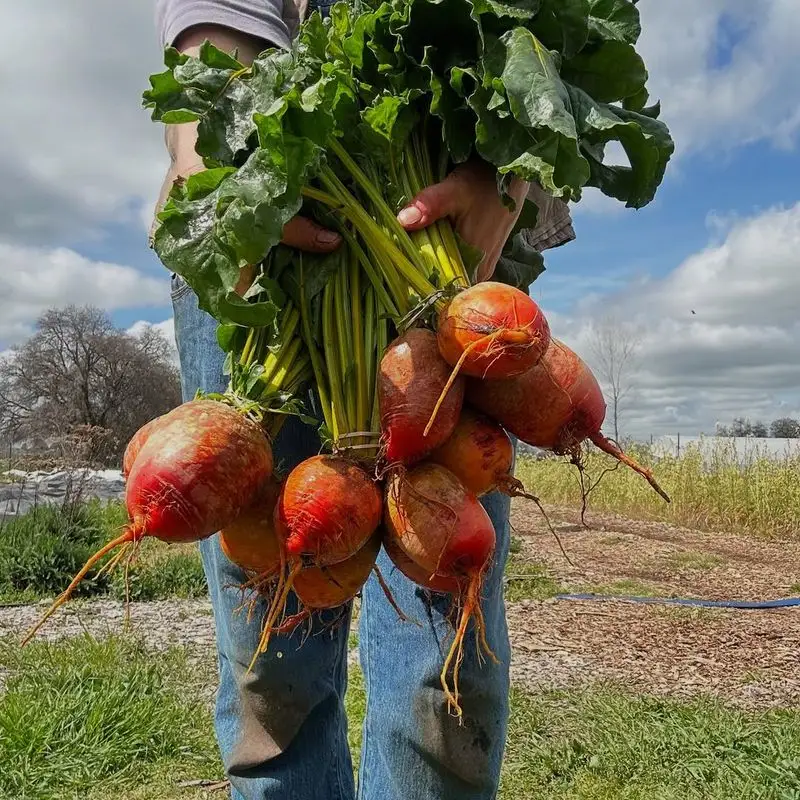
Knowing when to harvest is like timing a perfect punchline. Beets are ready when they’re about the size of a tennis ball. Overgrown beets can become woody and lose their sweetness. Inspect the tops for signs of maturity – vibrant greens signal readiness. Use a garden fork to loosen the soil and lift them gently to avoid damage. Harvesting at the right time ensures your beets are tender and flavorful. These roots, full of nutrients, will be a delightful addition to any meal.
Store Beets Properly

Storing beets is an art. Start by removing greens, leaving about an inch of stem. This prevents moisture loss from the root. Store them in a cool, dark place like a cellar or refrigerator. Pack in damp sand or sawdust to maintain humidity and prevent shriveling. Proper storage extends their shelf life, preserving flavor and texture for months. This thoughtful process ensures that the fruits of your labor remain fresh and ready for use in numerous culinary creations. A well-stored beet is a testament to gardening success.
Enjoy Your Harvest
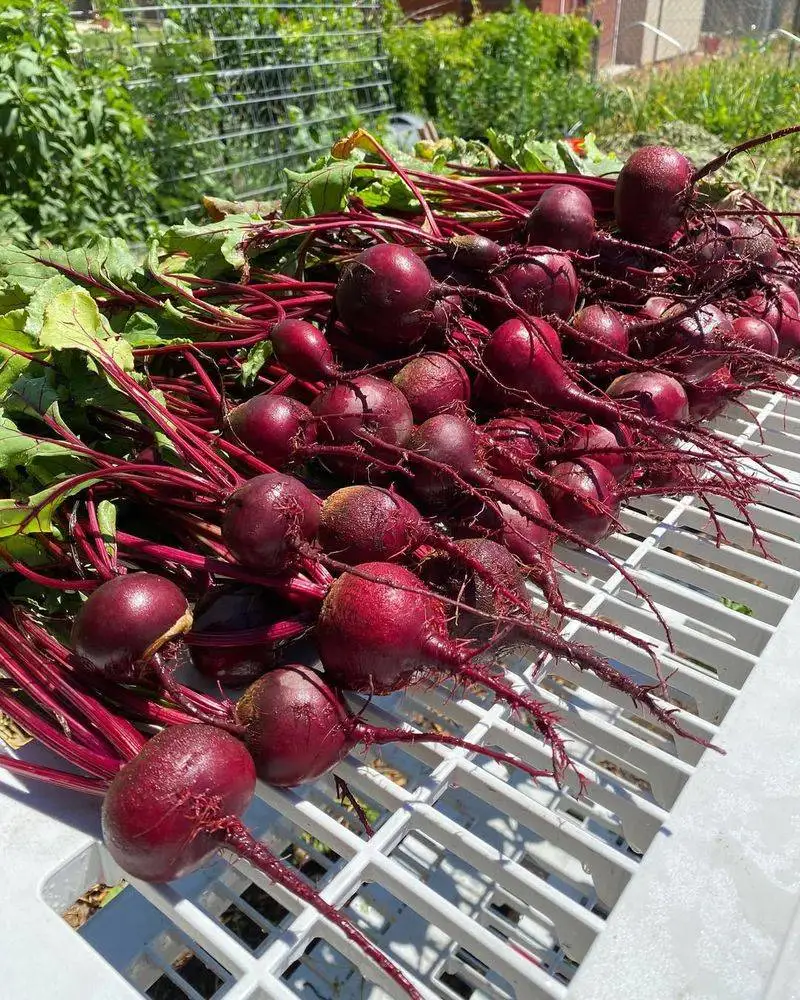
Finally, the time to savor your homegrown beets has arrived. From roasted delicacies to vibrant salads, the possibilities are endless. The sweet, earthy flavor of freshly harvested beets adds a gourmet touch to any dish. Share your bounty with family and friends, celebrating your gardening triumph. This enjoyment goes beyond taste; it’s about connecting with the earth and experiencing the fruits of your labor. Every bite of your homegrown beets is a reminder of your successful gardening journey.
Save Seeds for Next Season
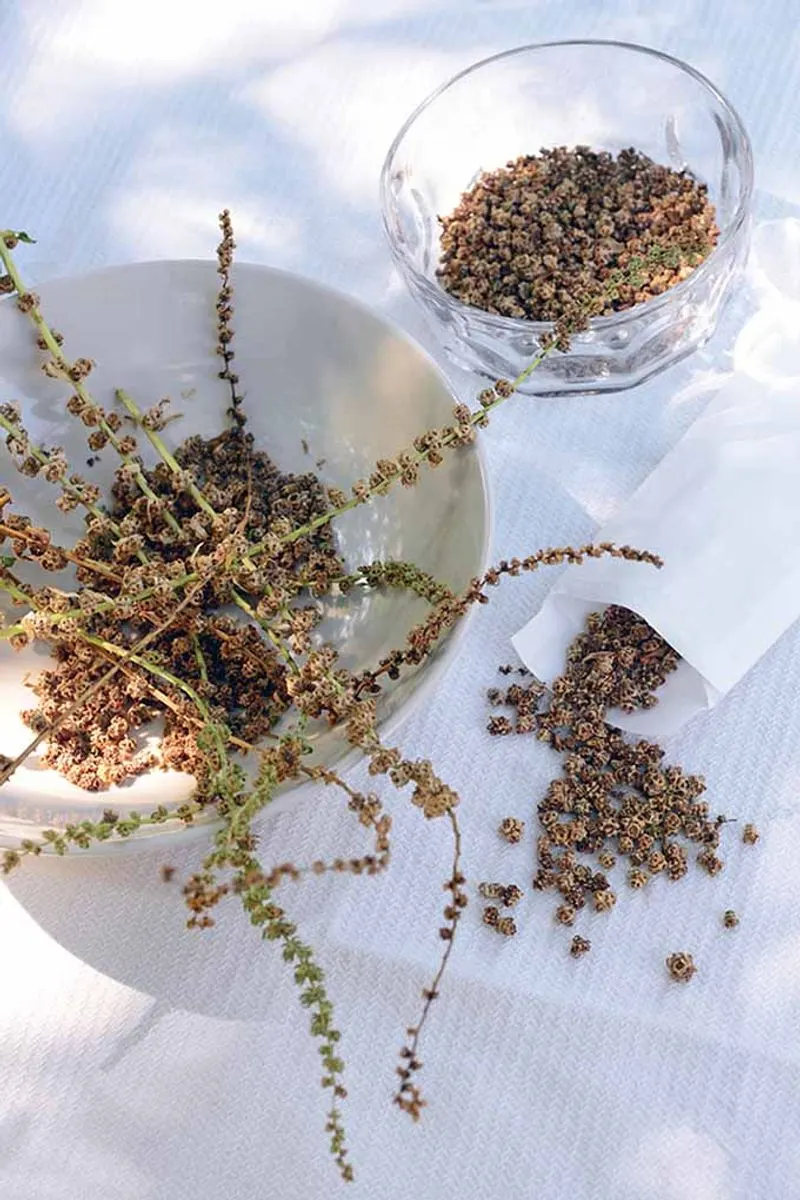
Saving seeds is a nod to traditional gardening wisdom. Allow some beets to flower and set seeds. Once the seed pods dry, collect them for next season’s planting. This practice not only saves money but fosters a deeper connection with your garden cycle. It promotes biodiversity and ensures you’re growing plants well-adapted to your local conditions. Seed saving is a sustainable choice, enhancing the legacy of your home garden. As you plant these seeds, you continue the rewarding cycle of growth and harvest.

